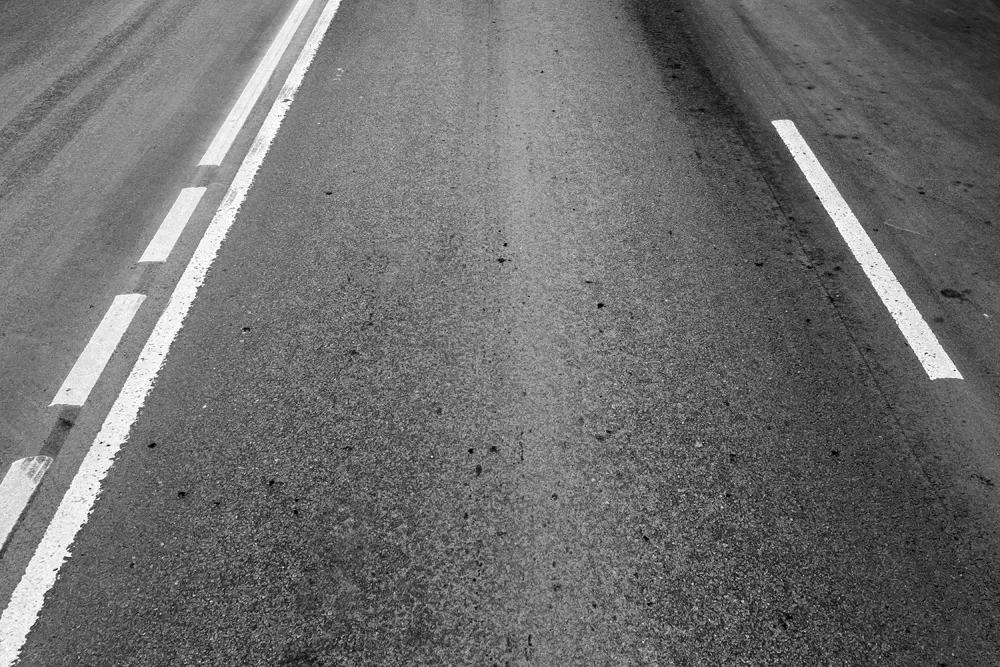
System manufacturer
Of particular interest is its ARU-CSB unit which is an RFID UHF identification system with an integrated switch beam antenna. Based on the three different antenna beams the system can not only identify RFID vehicle transponders, it can also detect movement direction and/or static position of vehicles in tolling plaza applications.
Where require, the ARU-CSB-ELC series of wide range antennas can be specified to cover particular situations. These have a read range up to 18m and cover a 40° field of view.










